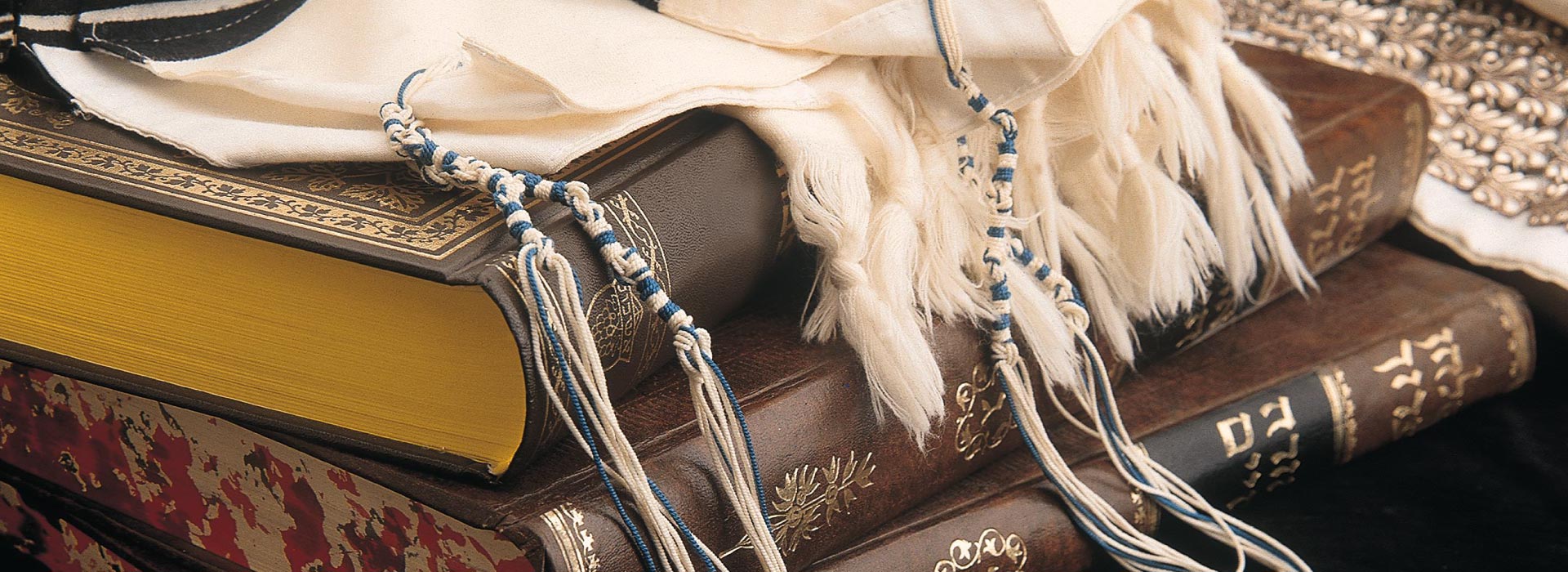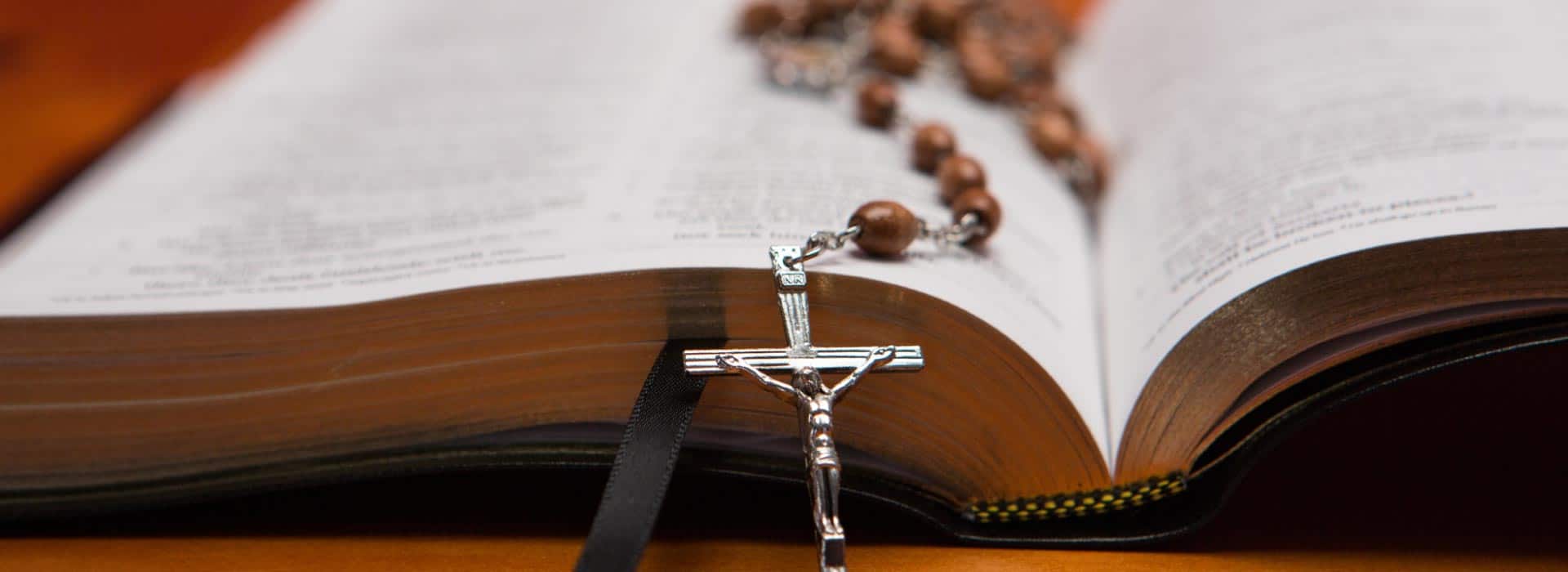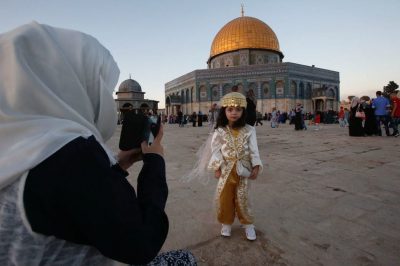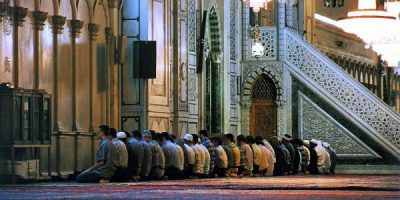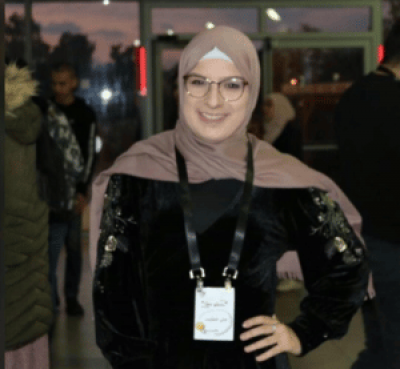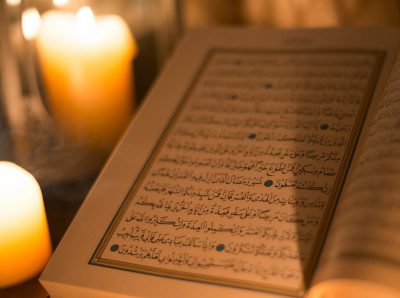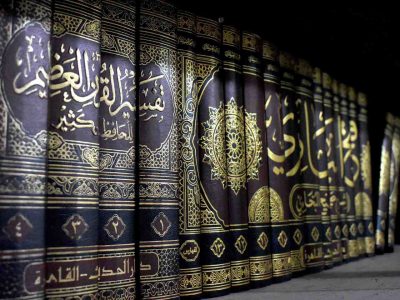Different types of headscarfs/The head covering in Islam
According to Sharia (الشريعة), Muslim law, a religious woman must wear head coverings from the time she reaches the age of puberty, in the presence of older men who are not members of her family. The Jewish and Christian traditions choose different time points. Therefore, the Muslim woman, when leaving the house, must wear a head covering. In recent decades, you can see a growth in the number of women who aspire to cover their heads all over the world, as well as in Israel. It is interesting to note that those women are mostly young women, looking for fashion and style within the world of modest clothing and are increasingly connecting the two fields, which might not seem related at first glance.
The internet plays a new and important role in recent decades of not only expanding the marketing of headscarfs but becoming a fashion designer. Due to its accessibility, the internet has also been a place of the recent development in modest clothing, especially since Muslims working in design developed various brands and styles. Today even global clothing chains like H&M, Nike, Dolce Gabbana, and many more recognized the Muslim market and started to offer head coverings and modest clothing. Western designers like Gucci often serve as inspiration for the creation of modest religious fashion.
Still many regions of the world lack knowledge about different Muslim head coverings, which makes people often generalize and refer to them as a “veil”. Especially in the Hebrew language, the term “רעלה”(veil) has a negative connotation. In the following, we will focus on the different head coverings and each of their names.
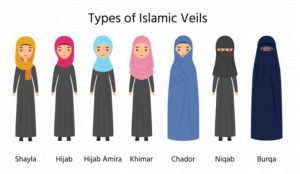
Throughout the Muslim world, there are various head coverings, which symbolize social and traditional affiliation and can even be a symbol of religious piety. As high as the number of denominations and beliefs is, so is the variety of headdresses. What headdresses are used in which country? And what is their origin?
Burqa – used especially in Afghanistan and covers the whole body. In a burqa, the eyes will usually also be covered with a transparent net that allows you to see. The burqa is worn by women on top of their clothes when they go out to a public place, since at home, as has been said, they do not usually cover themselves.

Hijab – the word is already found in the Koran and means covering, mainly addressing women to cover for modesty reasons. Today the word is used in the context of a female headdress. The purpose of the Hijab is to maintain the woman’s modesty. Since the hair is seen as part of her sexuality, it should be completely hidden.
Today some women see the Hijab itself as a sign of their sexuality, in which case the meaning turns into the opposite of the original. The Hijab is the most common head covering in Israel in new kinds of fashion styles, more and more matched with additional details such as jewelry, makeup, etc. As a result of the growing awareness of ‘modest fashion’ in Muslim society, more websites appear such as the Israeli website Bokra – https://bokra.net, as well as magazines and television programs in the Arab and Western world that bring new religious fashions to Israel.
The Hijab is usually made of silk because many women prefer the material for being the most comfortable in the Israeli summer. Since the year 2000, Turkey has taken over the local market and most modest clothing, including the Hijab, is developed there. Examples of the different styles can be found in the video https://www.kan.org.il/item/?itemid=28609
Abaya – is a combination of a long dress covering the body and a Hijab covering the hair divided into two parts, mainly used in Saudi Arabia. The traditional and most common Abaya is black, but today it can also be found in other colors.
Jilbab – is the name used in Israel for this type of headdress, outside of Israel it is called Jalbeah (not to be confused with the traditional Bedouin clothing). The Jilbab is a kind of long fabric robe that covers the arms and legs. A Jilbab is a covering for the body, to which women also add a covering for the head.
Niqab – is a traditional veil in Islam, which covers all parts of the body and includes a Hijab (head covering) and a scarf placed over the head covering. The Hijab covers the whole face of the woman except the eyes and is usually black. Another scarf sits over the Hijab and also covers the eyes but allows the woman to see. The Niqab is worn in Islamic countries and is less common in Western countries.
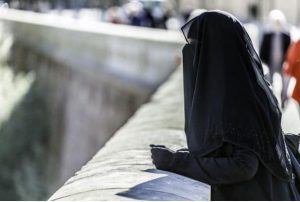
Chador – means “tent” in Persian, covers the whole body from head to toe, and does not cover the face. The Chador is mainly used in Iran.
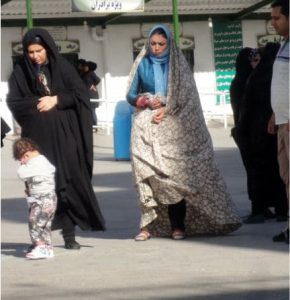
Khimar – a headdress that covers the neck and shoulders and does not hide the face, it falls to the waist.
Alamirah – a cover which is made of two parts: a cap that fits over the forehead and a headscarf.
Al-Alamira is very common in most Muslim countries. Mainly in Tunisia, Egypt, Turkey, and Iraq.
Sheila – a long, rectangular weave of thin fabric that is twisted around the head and placed on the shoulders. Worn in Saudi Arabia and the countries of the Persian Gulf (Kuwait, Oman, Bahrain, United Arab Emirates, Qatar, and Iraq).
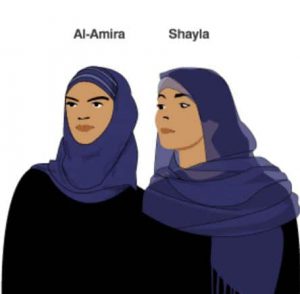
Where does the rule come from?
The head covering in Islam comes from several places in the Koran. In Surat al-Nur, verse 30 deals with modesty, this verse deals with men who are not allowed to look at women lustfully. In the next ayah, it is written that the believers should protect themselves, this ayah is aimed at Muslim women, there is also a description of parts of the body that can be shown such as the face or hands, and hidden parts that should not be seen.
Another surah in which the principle of modesty and the head covering appears is in Surat al-Ahzab verse 59 where the head covering differentiates between the Muslim women and those of the Jahiliyyah, so the purpose of the head covering is to protect the Muslim women.

